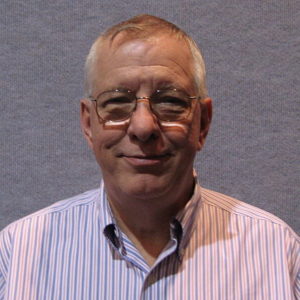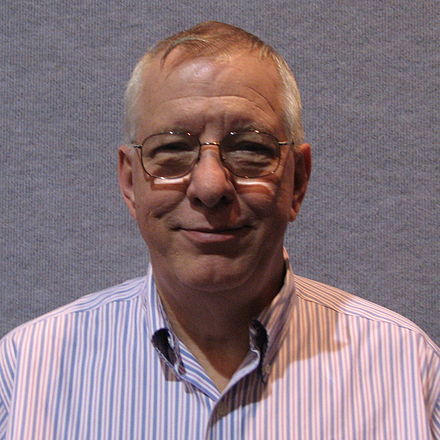 We are sad to report that Burton J. Smith has passed away. An internationally recognized leader in HPC architecture, Smith was a co-founder of Tera Computing (later renamed Cray, Inc) and most recently a Microsoft technical fellow. Smith was 77.
We are sad to report that Burton J. Smith has passed away. An internationally recognized leader in HPC architecture, Smith was a co-founder of Tera Computing (later renamed Cray, Inc) and most recently a Microsoft technical fellow. Smith was 77.
Burton was an amazing intellect but more importantly, he was an amazing person. Every moment was important to him and he lived them all passionately. He touched many lives, made a profound impact in the world and will be missed by many,” said Todd Holmdahl, Smith’s colleague at Microsoft.
He is survived by two daughters, Julia and Katherine. Burton’s wife Dorothy had preceded him in death.
Among his colleagues at Microsoft, an outpouring of sadness and expressions of fondness accompanied the news of his passing. They remembered a kind man always willing to help and give advice who shared generously of his deep stores of knowledge and also an innovator who consistently came up with completely new ideas for designing hardware.
At Tera Computing, Smith engineered the company’s first supercomputer product, named MTA, which featured interleaved multi-threading, i.e. a barrel processor. It also had no data cache, relying instead on switching between threads for latency tolerance, and used a deeply pipelined memory system to handle many simultaneous requests, with address randomization to avoid memory hot spots.
The computing industry frequently acknowledged Smith’s contributions. He was honored in 1990 with the Eckert-Mauchly Award given jointly by the IEEE Computer Society and the Association for Computing Machinery, and he was elected a fellow of both organizations in 1994. In February 2003 he was elected as a member of the National Academy of Engineering. Following his honorable discharge from the Navy, Smith studied electrical engineering at the University of New Mexico, graduating in 1967 with honors. He turned down acceptances from UC Berkeley and Stanford to attend the Massachusetts Institute of Technology to pursue his doctorate.
Smith spent the first decade of his career teaching at MIT and the University of Colorado. He then spent six years at Deneclor Inc., serving as vice president of research and development. He was the primary architect of the Denelcor Heterogeneous Element Processor. From 1985 to 1988, Smith was a fellow of the Institute for Defense Analyses Supercomputing Research Center.
Before joining Microsoft, Smith served at Cray Inc., formerly Tera Computer Company, as chief scientist and as its chairman from 1988 to 1999.
He was a real titan of industry and a person who has and will continue to have big impact on computing for many years to come. He also had positive impact on all of us who had the opportunity to work with him,” said David Pritchard, another of Smith’s many colleagues at Microsoft.
In December 2005, Smith was hired by Microsoft as a technical fellow, working with various groups within the company to define and expand efforts in the areas of parallel and high-performance computing.
While apparently having been born to envision the computers of the future, he was a well-rounded man who sang in a choir and shared his passion for the arts.
He received the Seymour Cray Award in 2003. The inscription read, “For ingenious and sustained contributions to designs and implementations at the frontier of high performance computing and especially for sustained championing of the use of multithreading to enable parallel execution and overcome latency and to achieve high performance in industrially significant products.”
In this video from 2014, Burton Smith presents: Resource Management for Computer Operating Systems.





I met Burton in the early 1980s, when he was at Denelcor building the HEP-1 (Heterogeneous Element Processor) and I was at KAI doing compiler work. This machine pretty much pioneered the concept of deep multithreading, where each processor had many threads of execution in flight, a concept now used very successfully in GPUs, for instance.
I met him as a graduate student at early ICPP conferences. A very smart, very nice person that was willing to talk to a young, not very knowledgeable graduate student. This is a real loss to the community.